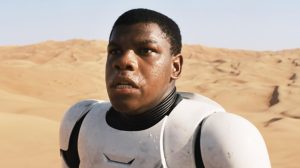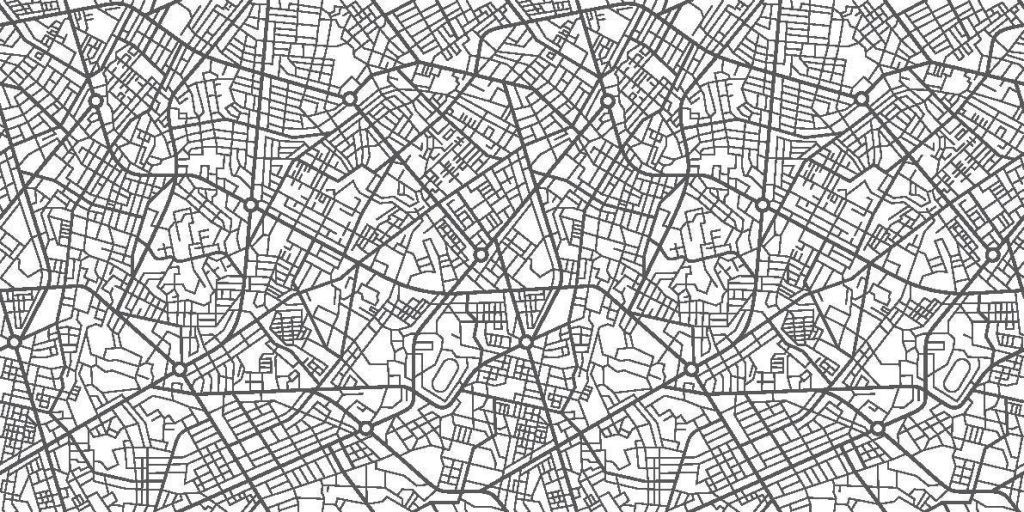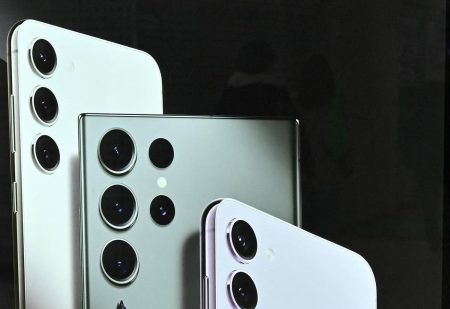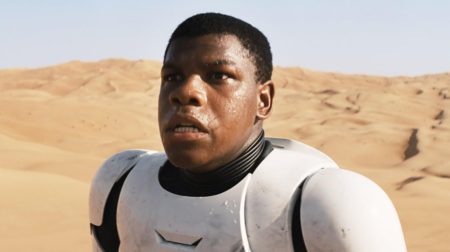How do you connect all of the dots when it comes to AI findings? Or maybe to put it differently, how to individual questions or ideas connect to each other?
Can you create a topological graph of a set of ideas, and how does that deploy?
I was thinking about this while watching a fireside chat component (with Manolis Kellis, Andrew Lo and Jacqueline Lane) about this very idea. In a way, the whole thing echoes the ‘data silo’ question of the big data era. It’s just higher stakes now, with AI. And, presumably, It’s easier to ‘unsilo’ when you have AI to do the heavy lifting.
That seems to be what this new cartography is all about: finding ways to connect disparate elements, just as a data topology connects a data set; or, if you like, a serial bus connects components.
Quotes from the Fireside Chat (Kellis, Lo, Lane)
“We need a cartography, we need a landscape, to take us out of that sequential view of one at a time, and bring it into the birds eye view, so that we can see how ideas are correlated, how they’re different, where the peaks are, and which ones are similar to each other.”
“Disease is not one-at-a-time,” (on the cartography of drug discovery)
“If you actually invest more money into a project, it actually gets less risky.”
Using genomics to look at all disease the same way that we can map the landscape of ideas we can basically see how our ideas about climate change Relate to investments in AI and changing business mobility or in changing for example, we can map the space of biology. We can now take proteins and (make) knowledge graphs that can connect every protein to the knowledge graphs that (it’s) associated with.”
“You can think about the small jumps. … You can take the big leaps.”
“Data is the new oil, but oil is crude.”
“What we need is a way to enable humans to enter the space of data.”
“What space would you map as a cartographer? What would be the landscape that you would want to tackle? In order to steer your company, your team, your innovation, your engineering, and so on and so forth, and to start thinking about how to use AI … (and of) economic implications?”
In going over the idea, these experts also challenged us to allow users to look at the data with interaction tools – to “keep the human in charge.”
Another part of the approach that I heard is this: in an ecosystem, you can develop drugs that would otherwise be too expensive to make.
This kind of business thinking might go hand-in-hand with the opportunity to develop better drugs, or to develop more solutions to chronic disease.
Our panel was suggesting that we have these opportunities when we broaden our view of what AI can do, especially with collaboration.
It’s reminiscent of what we have been hearing from other panels and teams, about the comprehensive capabilities of AI itself, and what it does to connect the dots. It’s worth thinking about as we try to get business leaders moving in this field, so that they, and their companies, are not left behind.
Read the full article here









